Make Great Photos Excerpt December 12, 2018 – Posted in: Photography – Tags: alan hess, Excerpts, Make Great Photos, Travel photography
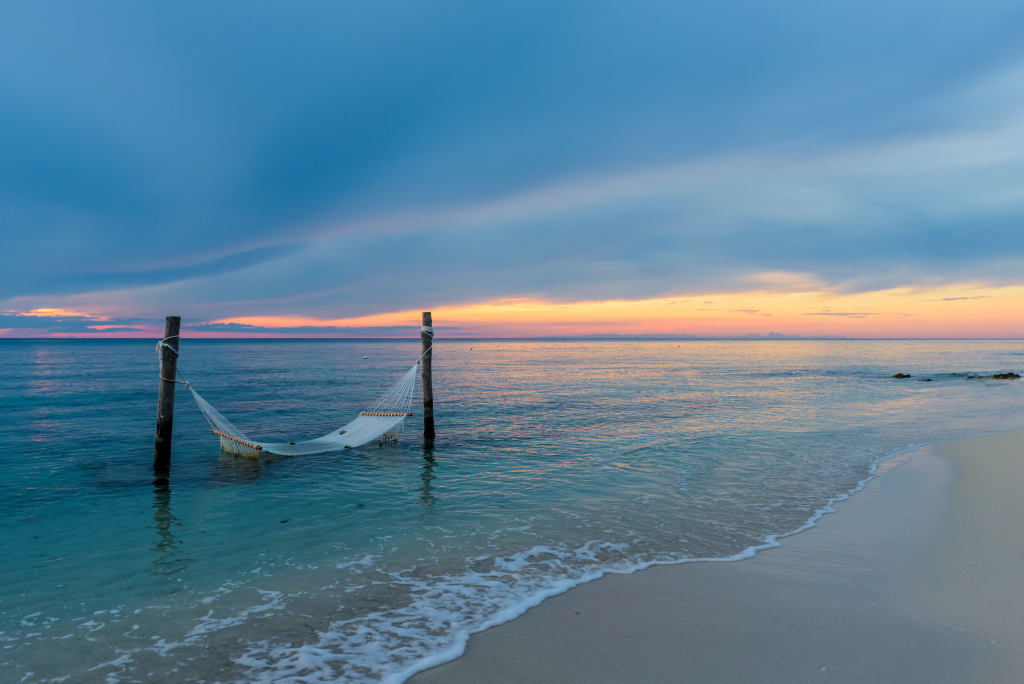
For many, the holidays mean traveling, parties, and spending time with friends and family. Check out these helpful tips and tricks from photographer Alan Hess’s book, Make Great Photos, for creating excellent shots of your holiday memories! Excerpt from Make Great Photos by Alan Hess.
TRAVEL PHOTOGRAPHY
I love to go to new places and see new things. I grew up in South Africa and moved to California in 1980. I spent my college years in Oregon, and have traveled to numerous places for both work and vacations. Taking photos of my travels allows me to remember a trip in a way that wouldn’t be possible without the photos. Travel photography includes several different types of photography: you get to take portraits of people, shoot still lifes of the food, capture some landscapes, do some street photography, and even some architectural photography.
What Does It Take to Make a Great Travel Shot
Travel photography covers a wide range of subjects, including the local people, food, architecture, and landscapes. It also covers just about everything else that helps you tell the story of your travels. The best travel photos bring back the emotions you felt during your travels when you see the image. Here are some ideas to consider when looking for meaningful shots.
- The reason for the visit: What made you travel in the first place? Was it to sit on the beach and relax (Figure 1), or get out and see a new city (Figure 2)? Capture the reason for the visit and the photo will always mean something to you.
- Think about postcards: I love looking at postcards. I used to send them to friends and relatives when I traveled—before email, Instagram, and Facebook made sharing our vacation photos so easy. A postcard was a professionally taken photograph meant to show the subject (the place) in the best possible way, so looking at postcards can offer inspiration on how to best capture your location. In Figure 3, I wanted to show the beautiful green of the Irish countryside.
- Tell a story: What is the story that you are trying to tell in your images? Did you want to show people what you did, or are you trying to show where you are? In Figure 4, I tried to capture some of the scenes I witnessed at Speakers’ Corner in Hyde Park in London, where public speaking and debates are allowed (and encouraged).

Figure 1 There’s nothing quite like relaxing on the beach. I used a pretty fast shutter speed (1/80 second) because this shot was taken without a tripod and I wanted to make sure there was no blur. 1/80 second; F/5.0; ISO 500
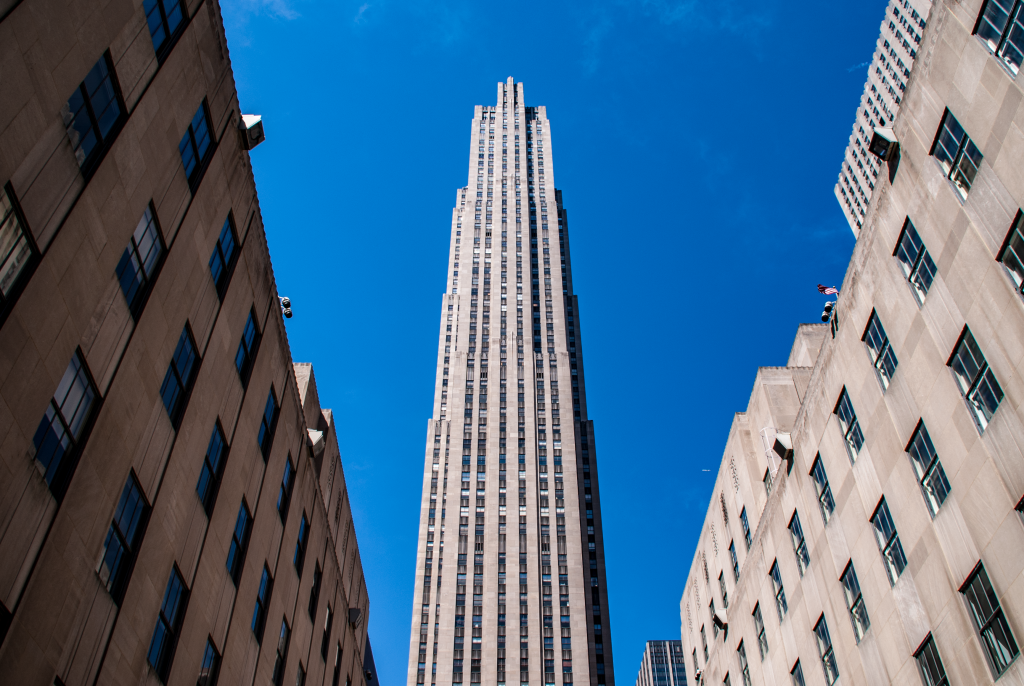
Figure 2 The tall buildings of New York City, shot while wandering through the streets. 1/160 second; F/10; ISO 100
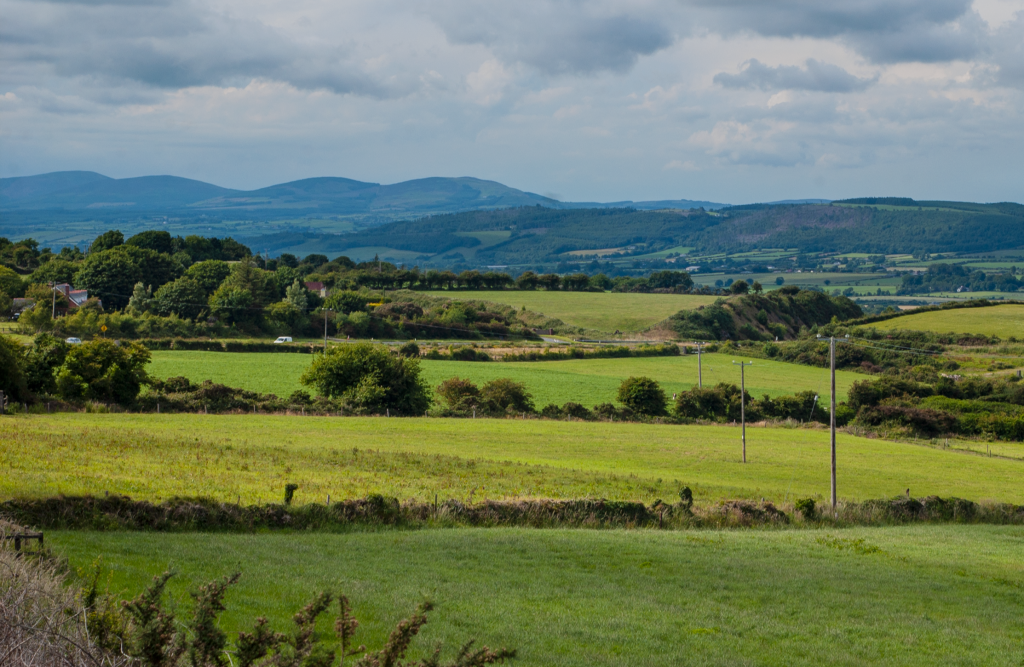
Figure 3 The green hills of Ireland, photographed from the side of the road while driving through the countryside. I took the time to stop and take the photo because I knew I would never be back there again. 1/320 second; F/16; ISO 200
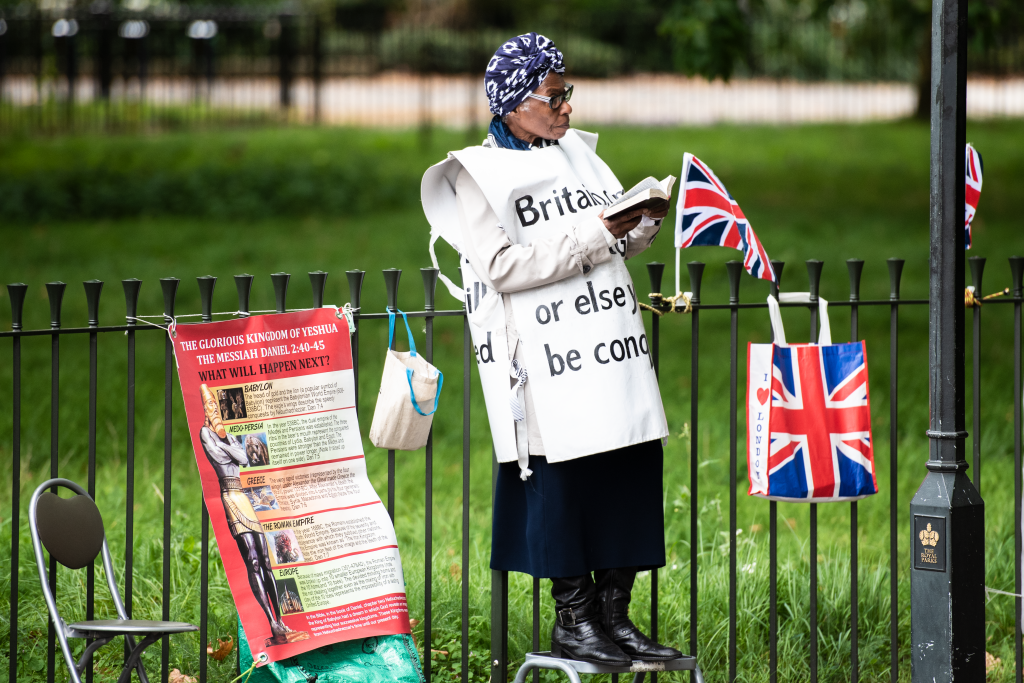
Figure 4 Speakers’ Corner in Hyde Park is a great place to people watch. 1/320 second; F/4; ISO 800
To prepare for great shots of your travels, before leaving for your trip or even picking up your camera, do your research. You picked the location for your trip for a reason. Is it the history of the area or the lure of a relaxing beach? Whatever the reason is, make sure it’s a focus of your images. Research helps you discover interesting places or events in your destination that you can incorporate into your trip for photo opportunities. Start on the web, where there are numerous websites dedicated to all kinds of travel. Other great resources are libraries, bookstores, and friends who’ve already visited your destination. The more information you have before you go, the more likely you are to come away with interesting photos. Once you’re traveling and shooting, keep these guidelines in mind:
- Keep your camera out: Having your camera in a travel camera bag is great, but it takes time to get it out and get it ready to use. All that time means missed opportunities. Make sure the batteries are fully charged, that there is ample space on your memory card, and that you have extra cards on hand.
- Stay safe: I cannot stress this one enough. You need to be aware of your surroundings. Not only is that how you see possible photo opportunities, but it’s also how you stay safe while wandering around a new place.
- Plan time for photography: Vacations can be a busy time trying to fit everything you want to do into a small amount of time. Unless you actually plan for some photo-taking time, your photography will be rushed. Making better photos takes time and energy, and rushing around at the last minute trying to get it all done guarantees that you will be disappointed in the results. Here is the hard part: usually the best light is early in the morning and late in the afternoon. Getting up early to go out and take photos is a great idea, but it does mean that you can’t sleep in.
- Look for other angles: It’s rare that the first photo you take is the best one. It’s best to look for different angles and views of the subject before moving on to other shots. Does a change in the focal length or using a different aperture change the story that you are trying to tell? How about simply changing from landscape to portrait orientation? Use the different focal lengths to get different photos of the same scene. In Figures 5 and 6, you can see the difference between shooting a scene with a wide-angle lens (20mm) and a telephoto lens (200mm).
- Tours: Consider taking a photo-specific tour, especially if you’re in a place known for photography. There are photo tours available in just about every location on the planet.
- Photograph like you will never be back: Take all the photos you might want on this visit because you might never be back! Even if you do come back, the light and situation will be different. Never say to yourself, “I’ll photograph that next time.” When I saw the young man sitting on the bench in the late afternoon (Figure 7), I didn’t hesitate to take the photo, knowing I would never have this opportunity again.
- Practice at home: Everyone lives in a place that other people come and visit. Pretend you are a visitor to your hometown and go out and play tourist for a day. I know that nothing will seem new and exciting (at least for a while), but try to photograph what visitors would. Go to the beach, or the mountains, or the zoo, or a museum, or even a cheesy tourist attraction and try to come away with photos that would make people want to come visit. Figure 5.8 was taken just down the street from my house at the beach during sunset. San Diego really is quite beautiful.
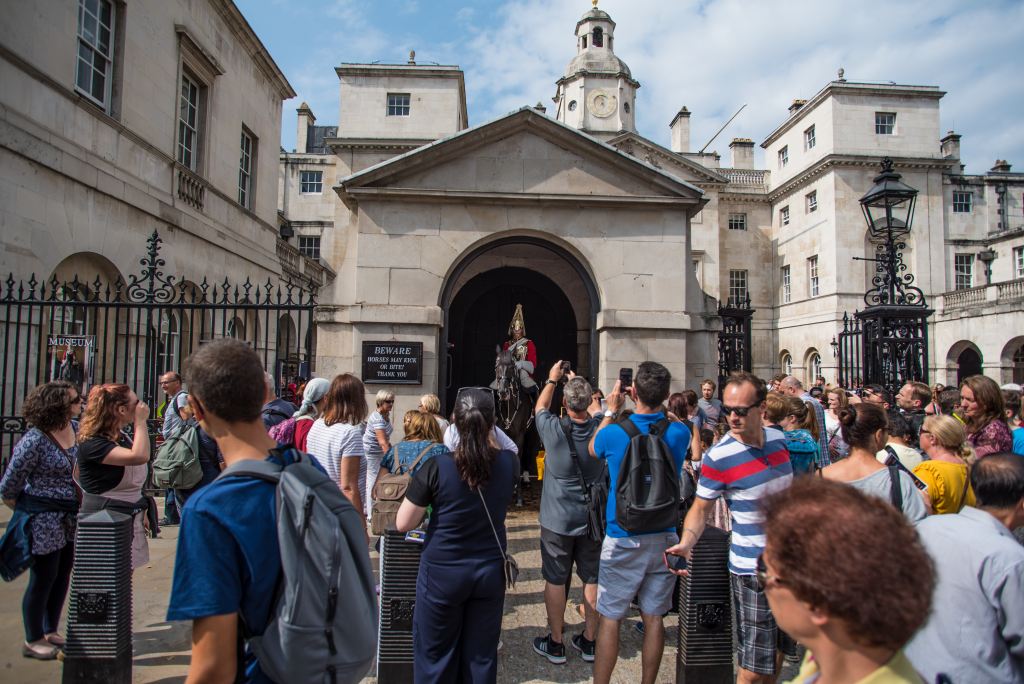
Figure 5 This crowd was trying to take photos of the Queen’s Guard in London. Using this 20mm focal length might have captured the overall scene, but didn’t make a great photo. 1/1600 second; F/4.0; ISO 100
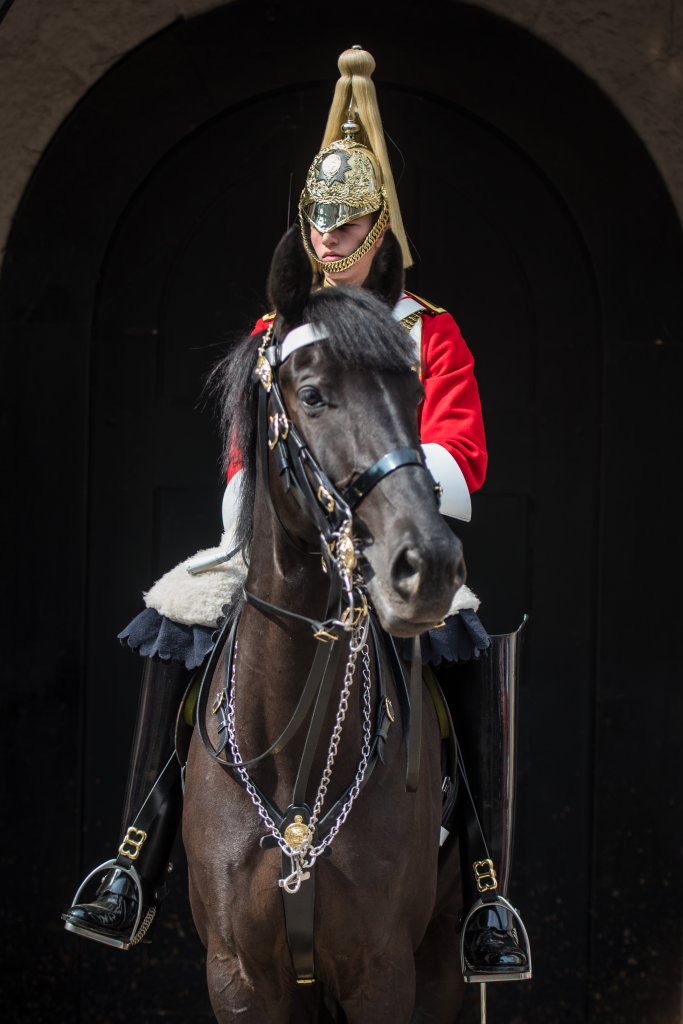
Figure 6 Moving in closer and zooming in to 200mm allowed me to eliminate all the people around the mounted guard from the shot. 1/800 second; F/4.0; ISO 200
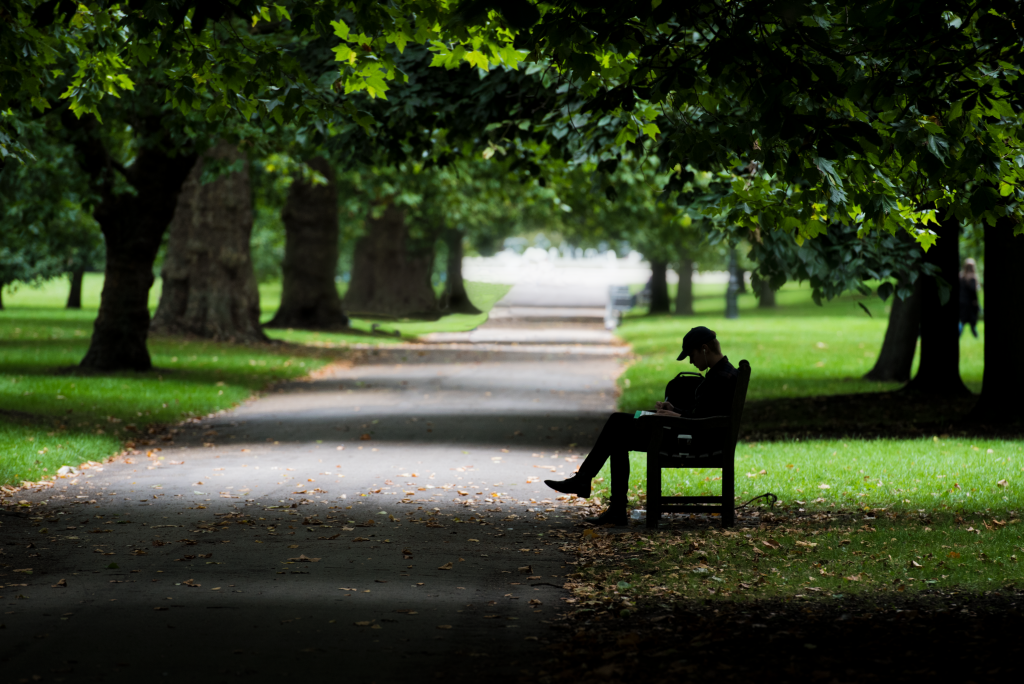
Figure 7 Wandering around Hyde Park, I saw this scene in front of me and stopped. I had my camera ready, composed the photo, and took it knowing this would be my only chance. 1/200 second; F/4.0; ISO 400
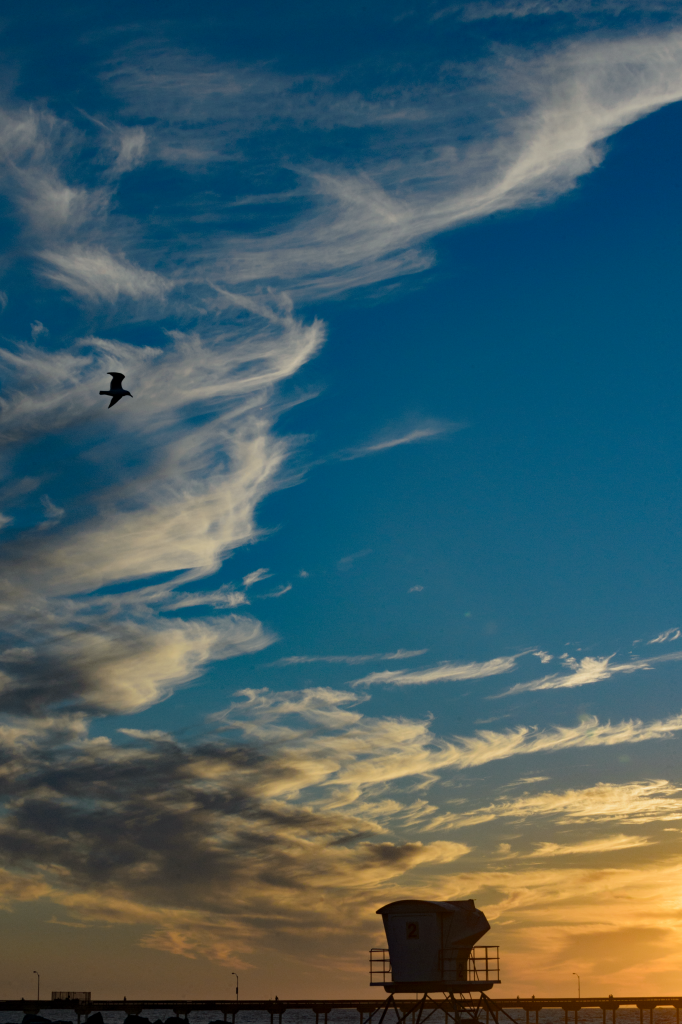
Figure 8 Living in San Diego is a blessing, especially when you get sunsets like this. 1/500 second; F/16; ISO 800
